As this year’s wildfire season begins to wind down we thought it would be a good time to talk about fire and its relationship to Alberta’s forests.
Our boreal forests are well adapted to fire. In fact before provincial fire management began around 60 years ago it was not typical to find forests that were older than 75 years due to the frequency of fire on the landscape.
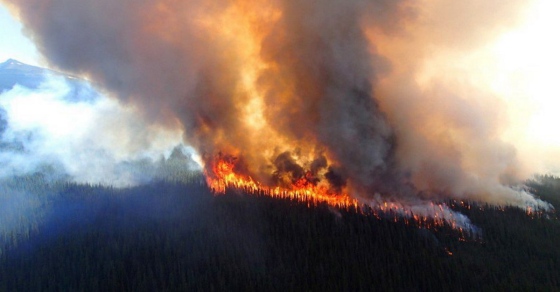
Many of our tree species in Alberta rely on fire to propagate. Lodge-pole and Jack pine trees both have serotinous cones, meaning their cones are sealed up with a sticky resin. These cones require high heat to melt the resin and allow the cones to open and release their seeds. Aspen poplar trees, which are able to replicate themselves from their root system, can also thrive post fire. When a mature aspen tree is damaged or killed by a fire, the tree’s roots are able to send up many new shoots; and each new shoot is an exact clone of the original mature tree! Fires also leave behind nutrient rich ash which is an excellent growing medium for the new growth.
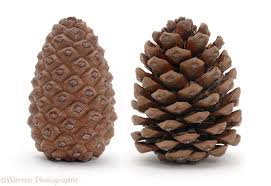
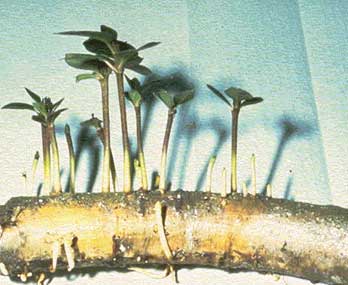
These nutrient rich post fire soils also aid in the growth of understory plant species such as blueberries and raspberries. These understory plants are a key food source for many animals such as deer, moose, and bears, all of which thrive in new forests.
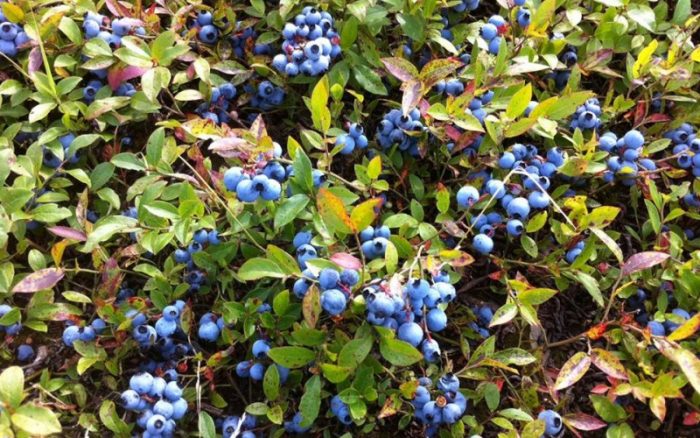
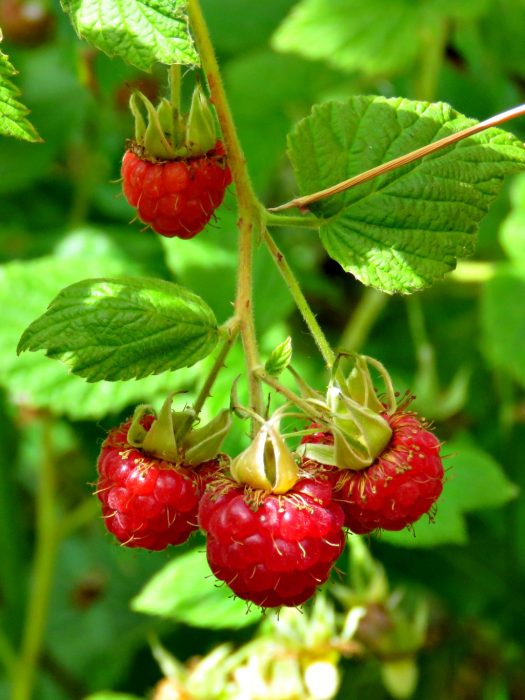
Presently our wildfire managers have a difficult challenge of finding the balance between keeping our communities safe, protecting valuable forest resources, and acknowledging the benefits of fire. We are unable to suppress all fire on Alberta’s landscape because doing so creates forests which are very old and dense; this unfortunately leads to larger more catastrophic fires.
Many people are responsible for helping prevent and extinguish hazardous or dangerous wildfires in Alberta.
There are 128 wildfire lookout towers in Alberta which are anywhere from 6 to 36 meters all. Towers are occupied by lookout observers during the fire season; their job is to provide early detection of wildfires and provide constant monitoring of fires until crews are able to arrive at the fire location.
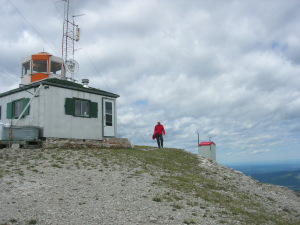
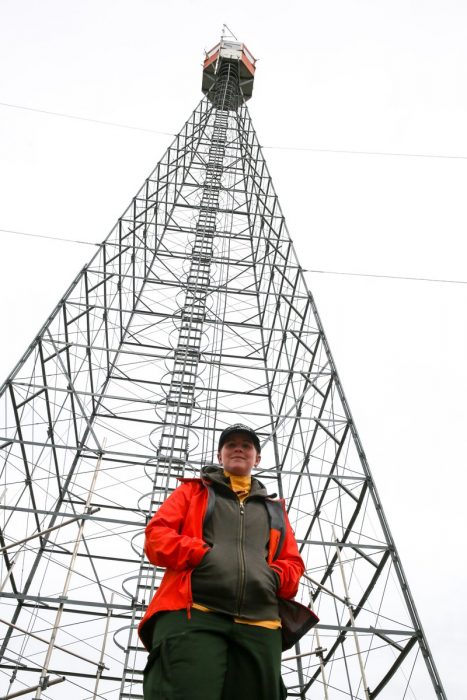
Wildfire crews are responsible for containing and extinguishing fires. In Alberta there are four separate crew types which all have different roles. Unit and Firetack crews provide continuous action on fires from the ground, while Helitack and Rappel crews provide similar action but are transported to more remote fires via helicopter.
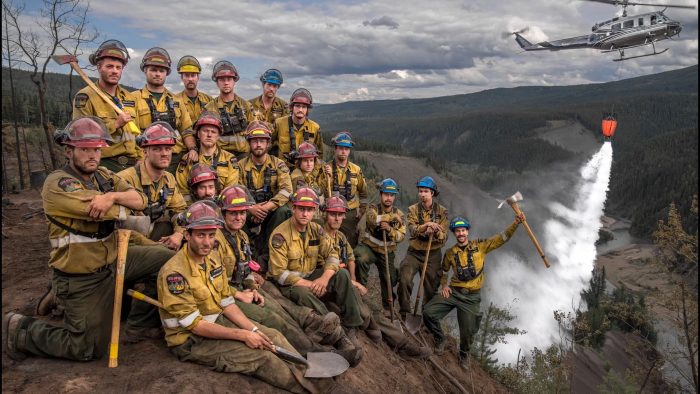
With many crews working on the ground, information coming in from lookout towers, and fires changing behavior, communication is key to wild-land firefighting. This job of transmitting, relaying, and recording messages falls on the wildfire dispatcher. Dispatchers must manage communication while moving and directing resources as well as ensuring that situations are handled as safely as possible.

This year in Alberta a little more than 47 000 hectares were burned in wildfires and we would like to thank and acknowledge the hard work and bravery of every person who is working to keep our forest communities safe.
Alberta Wildfire is already taking applications for the 2018 fire season! If you think there is a career for you in wildfire management visit www.wildfire.alberta.ca/recruitment for job descriptions and application details.